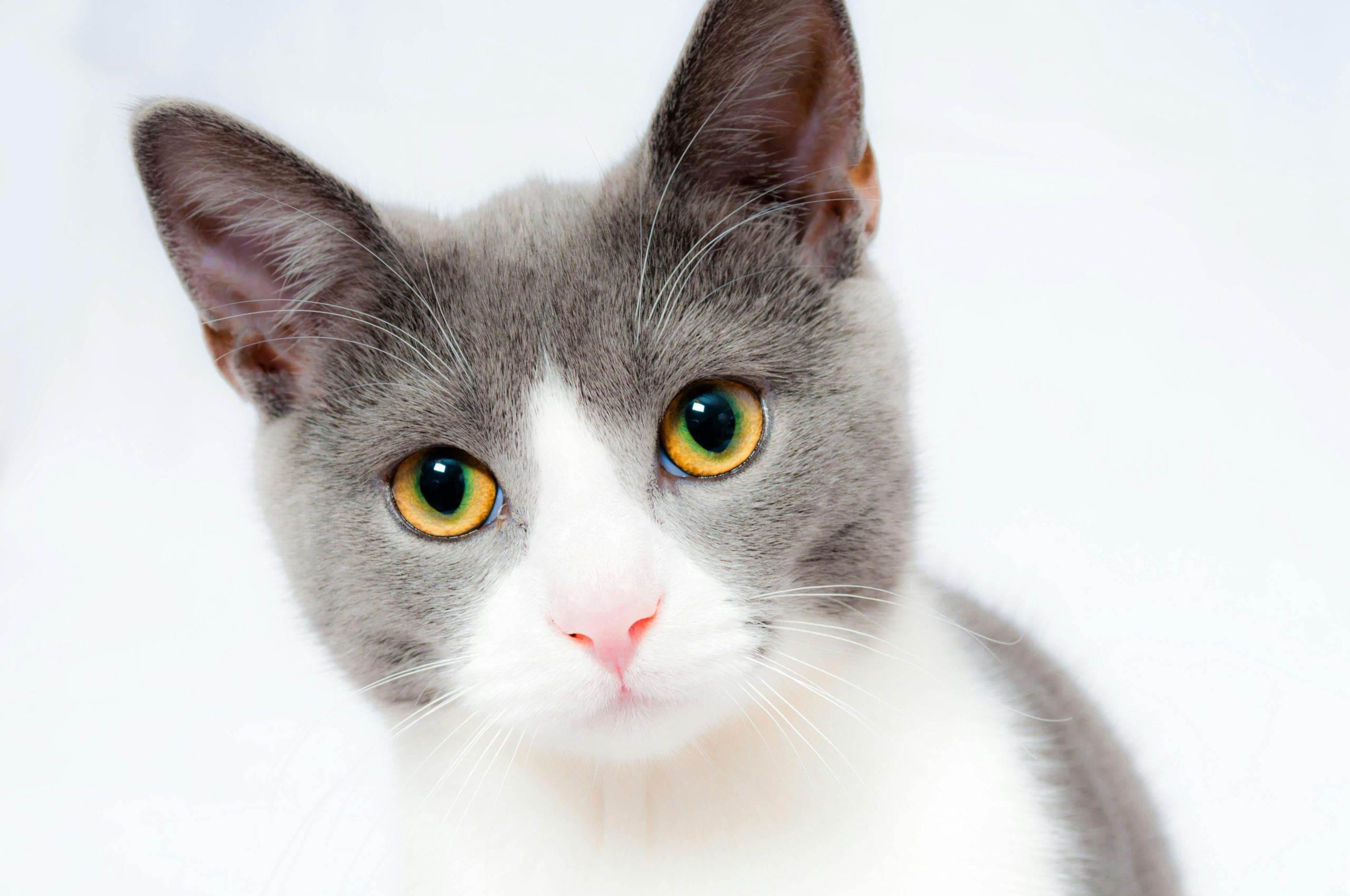How to Create a Feline-Friendly Garden That’s Safe for Cats?

A garden can be a wonderland for your indoor cat, a place where they can explore, play, and relax in a safe and controlled environment. However, not all elements of a typical garden are safe for our furry friends. Certain plants can be toxic to cats, and other common garden elements can pose a risk. In this comprehensive guide, you will learn how to create a garden that is both cat-friendly and safe. We’ll discuss the plants to include and avoid, how to provide adequate water and shelter, and how to transform your garden into a haven for your beloved pet.
Choosing Cat-Friendly Plants
Choosing cat-friendly plants is an essential step in creating a safe outdoor space for your feline friends. Some plants are dangerous if ingested by cats, causing stomach upset, skin reactions, or even more serious health issues.
Sujet a lire : How to Choose the Best Fleece Bedding for a Guinea Pig’s Cage?
When planning your garden, prioritize plants that are non-toxic to cats. For instance, catnip, a perennial herb, is safe for cats and can also provide them with hours of entertainment. It’s good to remember that not all cats react to catnip, but for those who do, it can be a source of tremendous fun.
Another cat-friendly plant is cat grass. Cat grass is a generic term used to describe a variety of grass species that are popular with cats, including oat grass, wheatgrass, and barley grass. Eating grass can aid in cats’ digestion and provide them with essential nutrients, making cat grass a great choice for your cat-friendly garden.
A lire aussi : What’s the Best Technique to Encourage a Timid Cat to Explore Outdoors Safely?
Avoid plants known to be toxic to cats. Some of these include lilies, azaleas, and oleander. For a complete list of toxic plants, consult the ASPCA’s extensive database.
Providing Water and Shelter
Cats require access to fresh water, and having a dedicated water source in your garden can encourage your cat to spend more time outdoors. A shallow, regularly cleaned water dish is an easy and practical solution. Alternatively, consider installing a cat-friendly fountain, as cats are often attracted to running water.
Shelter from the elements is equally important. Whether it’s a scorching summer day or a drizzly afternoon, your cat should have a place to retreat to. A simple cat house or even an appropriately sized cardboard box can provide a safe refuge. Remember to position the shelter in a quiet, less trafficked part of your garden to keep your cat’s stress levels low.
Creating a Safe Outdoor Space
Cats are natural explorers, but an outdoor environment can present a variety of dangers. To keep your pet safe, think about enclosing your garden space. Cat-proof fencing or an enclosed cat run can give your cat the freedom to explore without the risk of wandering too far.
Regularly check your garden for hazards like sharp objects, toxic materials, or small spaces where your cat could become trapped. Remove these immediately to prevent harm to your cat.
Incorporating Play Elements
Creating a garden that’s fun for your cat involves more than just selecting the right plants. Cats need mental stimulation and physical exercise, and your garden can provide plenty of opportunities for both.
Consider adding a bird feeder to attract birds to your garden. While your cat should never be allowed to catch the birds, watching them can provide hours of entertainment.
Additionally, provide structures for your cat to climb on. These could be cat trees, towers, or even just sturdy branches. Climbing and perching in high places is a natural behavior for cats and can contribute to their overall well-being.
Maintaining the Garden
A cat-friendly garden requires regular maintenance to ensure it remains a safe and enjoyable place for your pet. Make it a habit to check plants for signs of disease or pests, and treat any issues promptly to prevent them from becoming a threat to your cat’s health.
Keep the garden tidy and free of debris that could potentially harm your cat. Regularly check for and remove any dangerous objects such as broken glass or plastic.
Lastly, remember that while a cat-friendly garden is a wonderful place for your cat to enjoy, it is no substitute for regular interaction and play with you. Spend time with your cat in the garden, playing games and bonding. After all, your company is what your cat values most.
Cat-Proofing Your Garden
In effort to create a cat-friendly garden, it’s crucial to cat-proof the area to ensure your feline’s safety. This action can demand a little time and effort, but rest assured, it’s worth every second when it comes to the well-being of your beloved pet.
First, make sure to secure the boundaries of your garden. Whether it’s through a cat-proof fence or a garden enclosure, keeping your cat contained can prevent them from straying too far and encountering potential dangers. You can also consider investing in a cat containment system such as a cat patio, also known as a "catio."
Additionally, create a garden that’s free of harmful substances and hazards. Be vigilant to keep out any toxic materials that could cause harm to your cat. This includes chemical fertilizers, pesticides, cocoa mulch, and even certain types of compost. Opt for organic or cat-safe alternatives instead.
Also, it’s important to have a designated litter box in your garden. Choose a hidden spot where your cat can do their business in privacy. Ensure the litter box is cleaned regularly to maintain a hygienic space your cat will love.
Understanding Cats’ Needs in the Garden
Before you begin designing a cat-friendly garden, it can be beneficial to understand your cat’s needs and behaviors. Cats are exploratory by nature and appreciate a stimulating environment where they can hunt, play, and relax.
Cats love heights – they enjoy observing their surroundings from an elevated space. Consider incorporating perches or platforms into your garden design. These can be in the form of cat trees, climbing frames, or even real trees with sturdy, cat-safe branches.
Furthermore, cats will appreciate a shaded area where they can rest and hide. This can be achieved through using plants, shrubs, or built structures. A hiding spot will not only provide shade during hotter days, but also a sense of security for your cat.
In addition, cats have a natural instinct to scratch. Providing a dedicated scratching post in your garden can save your plants and furniture from potential damage.
Conclusion
Creating a cat-friendly garden that’s safe for cats is a rewarding task that can significantly enhance the quality of life of your beloved pet. At its core, a cat garden involves careful selection of plants that are non-toxic to cats, provision of water and shelter, safety measures, play elements and consistent maintenance. This haven will provide your pet with the freedom to explore, play, rest, and bond with nature in a safe environment. Remember, your time, love, and companionship in this friendly garden, combined with these elements, will surely make it the ultimate outdoor space your cat will adore.
